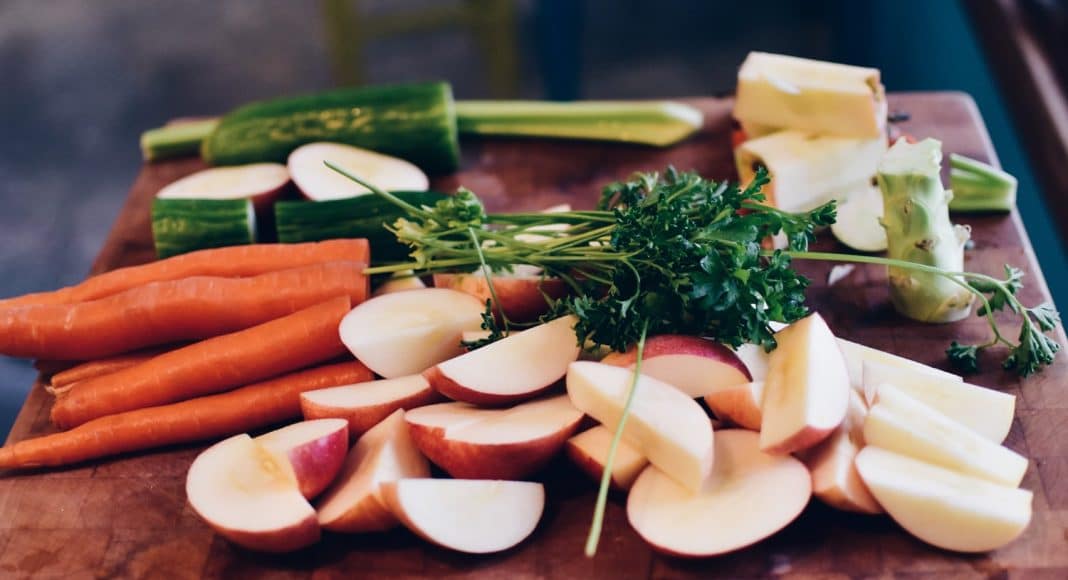After the wrapping paper debris has settled and the lights and candles come down until next year, we’re all feeling a little overwhelmed — especially if part of the holiday festivities involved more sweet and salty treats than usual. It’s great to enjoy time with loved ones around food and fun drinks, but with the new year comes some sense of reinvention: How will you tackle what’s on your 2017 plate?
But many diet plans are downright derogatory and encourage shame, not confidence: “Skinny Bitch Diet?” “French Women Never Get Fat?” Pass. And if you’re prone to disordered eating, or recovering from an unhealthy relationship with food, this time of year can be particularly tough.
You might not have heard of these plans for healthy eating before, but their backing by common medical knowledge and encouragement for health, not starvation, make them worth considering.
Barley for Breakfast
Dawn Jackson Blatner, RD, a Chicago dietitian, told WebMD that “Barley is the new oatmeal.” Eating barley or rye kernels in the morning helps your blood sugar stay level, so your stomach isn’t growling in the middle of that 10 a.m. meeting. She notes that lower-processed hulled barely, not pearl barley, is best.
N.E.A.T
No, not as in tidy — staying N.E.A.T. stands for “Non-Exercise Activity Thermogenesis.” It’s everything we do throughout the day that’s not specifically exercise, sleeping, or eating. The research defines it this way:
“It ranges from the energy expended walking to work, typing, performing yard work, undertaking agricultural tasks and fidgeting. Even trivial physical activities increase metabolic rate substantially and it is the cumulative impact of a multitude of exothermic actions that culminate in an individual’s daily NEAT.”
The physical toll that sitting for nine hours a day takes on your metabolism can’t be overcome with one hour in the gym every three days (or whenever you’re feeling ambitious). Little movements count, too.
The Calorie-Cycling Diet
Starving yourself for weeks isn’t healthy, and neither is binging on all the food as you’ve missed out on during yo-yo dieting. Calorie cycling involved periods of lower-calorie intake with higher-calories “refeeds.” For example, you might spend five days eating lean, and two days refueling with more food, and repeat.
There are many versions of this plan — here’s a complete guide for how to try calorie cycling, and how to combine it with exercise.
Best Life Diet
This one rose to popularity nearly 10 years ago thanks to Oprah — it was started by her personal trainer — but it’s worth revisiting now if you’re looking for inspiration to change your relationship with food. It doesn’t encourage starvation or limiting yourself, but does put you on regimented “phases.” The first involves cutting alcohol, adding more water, and stopping eating before bed. The next two are more aggressively focused on getting more exercise and paying attention to macronutrients.
The emphasis on emotional eating is what sets this diet plan apart. BodyBuilding.com has a detailed description of this plan.
The Personality Type Diet
Know thyself! This is less plan, more personality quiz — with the added benefit of helping you rethink your eating and exercise habits. Find out if you’re a “Nighttime Nibbler,” “Mindless Muncher,” or one of the five other personality types outlined, and get tools for how to adjust to your lifestyle. This diet hasn’t been studied by the science community, but its emphasis on the individual person’s needs, as well as a high emphasis on healthy fruits and vegetables, means it holds up to common medical knowledge.


